Gili Benita

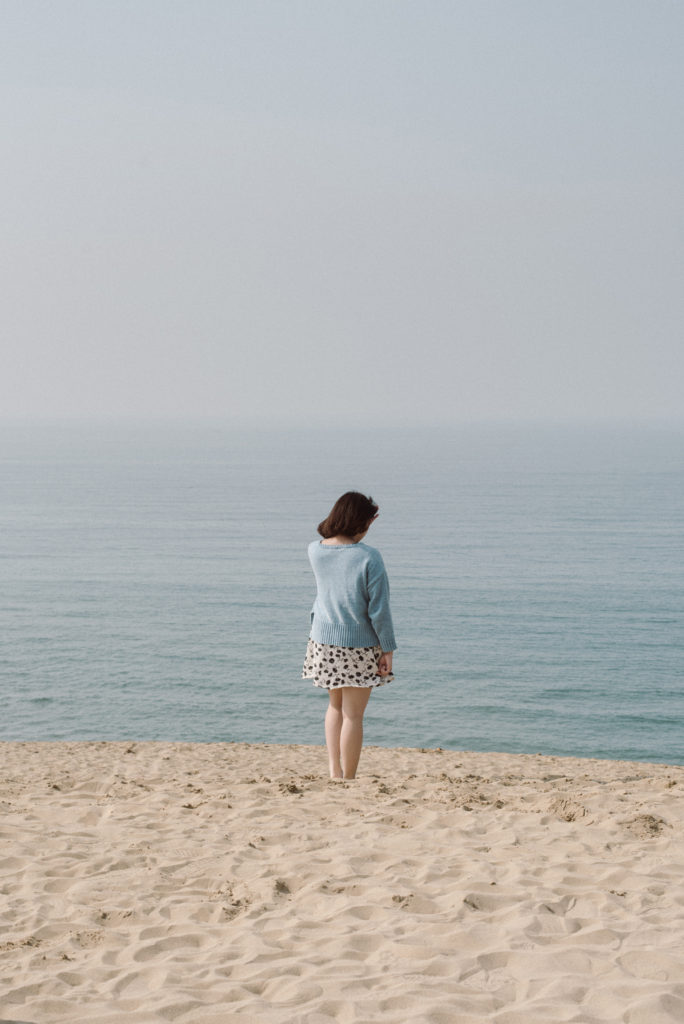
NY based Israeli photographer Gili Benita also works as a documentary visual storyteller. In his photographic project called “Kodoku”, which is a Japanese word means “loneliness” or “solitude”,
he objectively captured the moment of isolation and respect among Japanese culture.
“Kodoku -孤独, is a photographic project documenting the intersection between Japanese loneliness and my own experience of solitude. In a country where thousands of people die alone each year
without anyone noticing, alienation is prevalent in an extreme form. Kodoku addresses the Japanese culture, as an alienated spectator in which was enlightened from the new individual
philosophy. Other than seeing it as a disadvantage, the spectator chose to highlight the gains of it. This body of work, inspired by the streets of Osaka, Tokyo, and Kanazawa, the beaches of Tottori,
and the Mountains of Nagano. The series pairs various strangers with the urban and outdoor landscapes of Japan, in photographs taken from a great distance. Through my use of color, light beams,
and the vast landscapes, I isolate the passersby within the desolate scenery of Japan. Looking at those unfamiliar characters and finding a sense of identification in a distant land, inspired me to
express feeling alone in this place that allows it, where other people think the way I do. Even in the loneliest place, I did not feel alone anymore.”
- Gili Benita
NYを拠点に活動するイスラエル人写真家ギリ・ベニータは、ドキュメンタリー・ヴィジュアル・ストーリーテラーとしても活動しています。この度ご紹介する彼の写真プロジェクト「孤独」では、日本文化の中にある孤独と
尊重の場面を客観的に捉えています。
「”孤独 –Kodoku-” は、日本の孤独文化と私自身の孤独の経験の交差点を記録した写真プロジェクトです。毎年何千人もの人が誰にも気づかれずに孤独死している日本では、疎外感が極端な形で蔓延しています。私はこのプ
ロジェクトで、新しい個人哲学によって啓発され疎外された一傍観者として、日本文化を取り上げています。孤独の文化を欠点として見るのではなく、その良い部分を強調することを選びました。大阪、東京、金沢の街並
み、鳥取の砂丘、長野の山々に触発され制作した作品群です。このシリーズは、様々な人々と日本の都市や屋外の風景を、遠くから撮影した写真で対にしています。日本の荒涼とした景色の中で、色彩や光線、広大な風景を
用いて、通行人を孤立させています。日本の珍しい状景に注目し、遠く離れた土地で同一なものを発見することによって、自分が抱えている孤独感を表現したいと思うようになりました。その孤独を許容し、また自分と同じ
ように感じている人たちがいるこの場所で。すると最も孤独な場所においても、私はもう孤独を感じませんでした。」
− ギリ・ベニータ
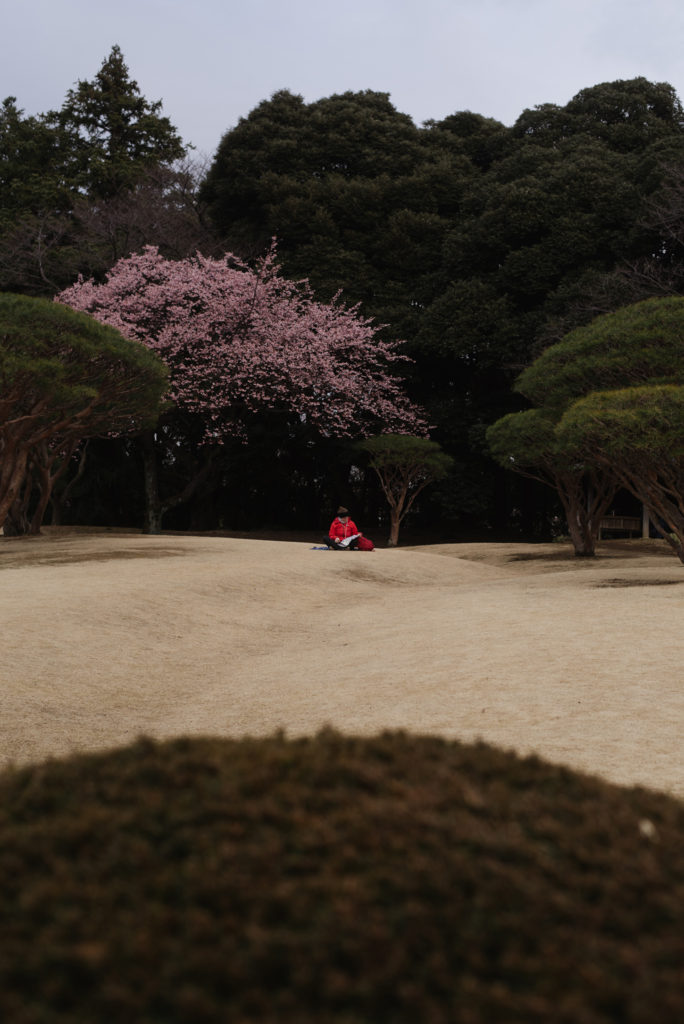
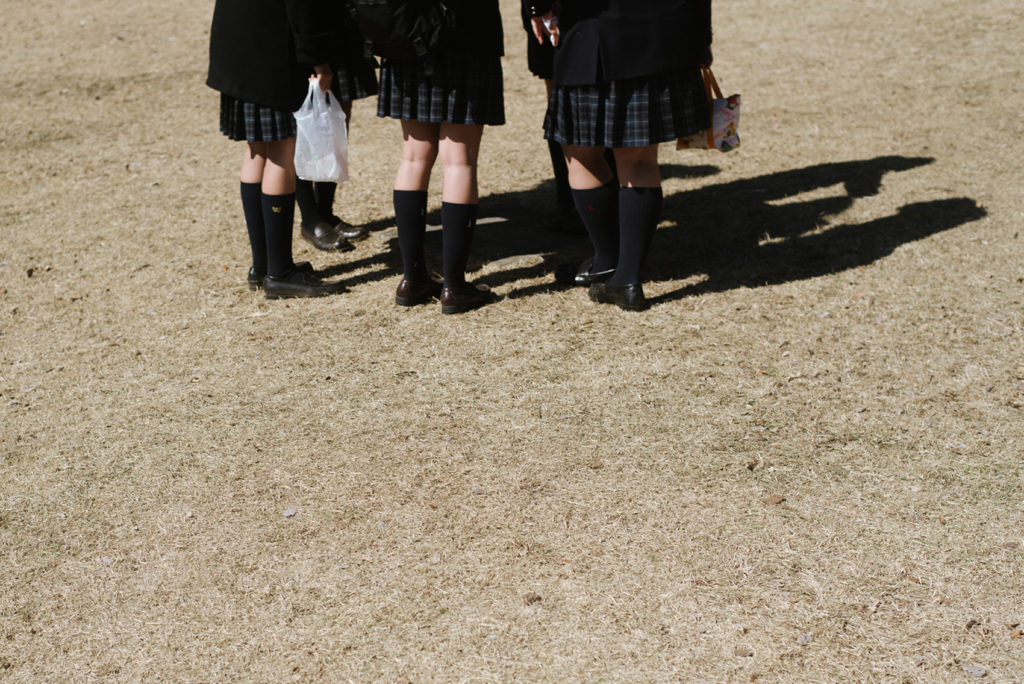
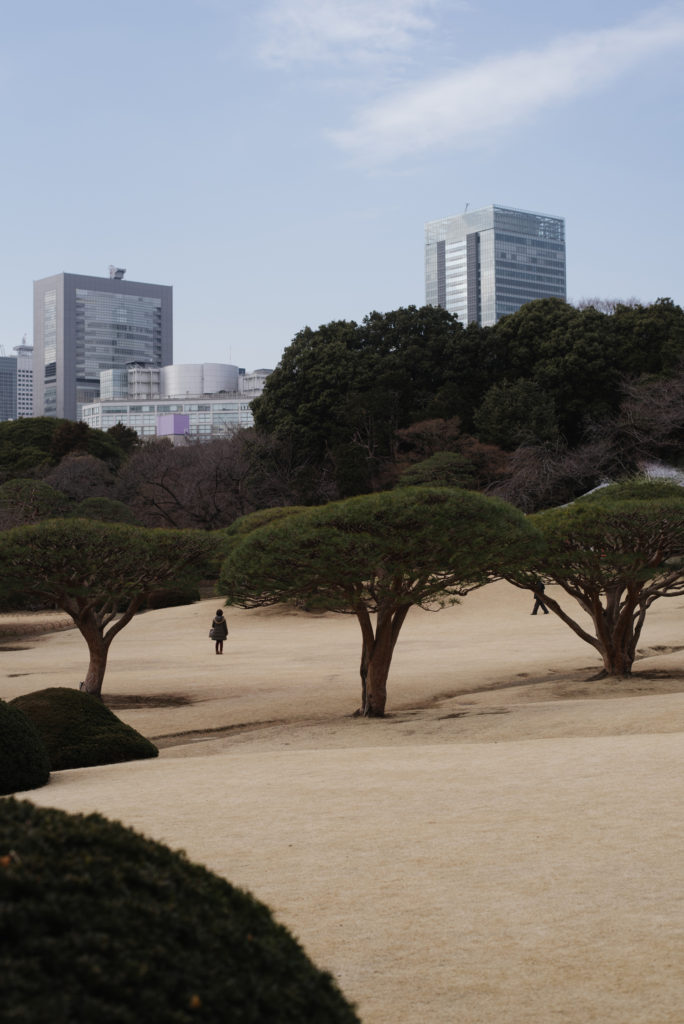
INTERVIEW
-Firstly, will you tell us how you started photography?
When I was 14, I took my father’s camera for the first time. At the time, he was a photojournalist for the Israeli government press office. I started taking photos of my friends while learning the
basics of photography and storytelling from my father. At the same time, I also started studying cinema and practicing video at the Jerusalem High School for Arts.
−まず、写真を始めたきっかけを教えていただけますか?
14歳の時、父のカメラを初めて手にしました。当時、父はイスラエル政府の報道機関でフォトジャーナリストをしていました。父から写真とストーリーテリングの基礎を学びながら、友人の写真を撮り始めました。同時に
エルサレム芸術高校で映画の勉強と映像の練習も始めました。
-Where is the main base of your current activity as a photographer?
I live in New York City for the past year after attending the International Center of Photography Documentary Practice and Visual Journalism Program. However, major part of my work is still in
my home country, Israel.
−写真家としての現在の活動拠点はどちらですか?
国際写真センターで、実践的ドキュメンタリーやビジュアルジャーナリズムのプログラムを受講した後、ずっとニューヨークに住んでいます。でも、私の仕事の大部分はまだ母国イスラエルが拠点です。
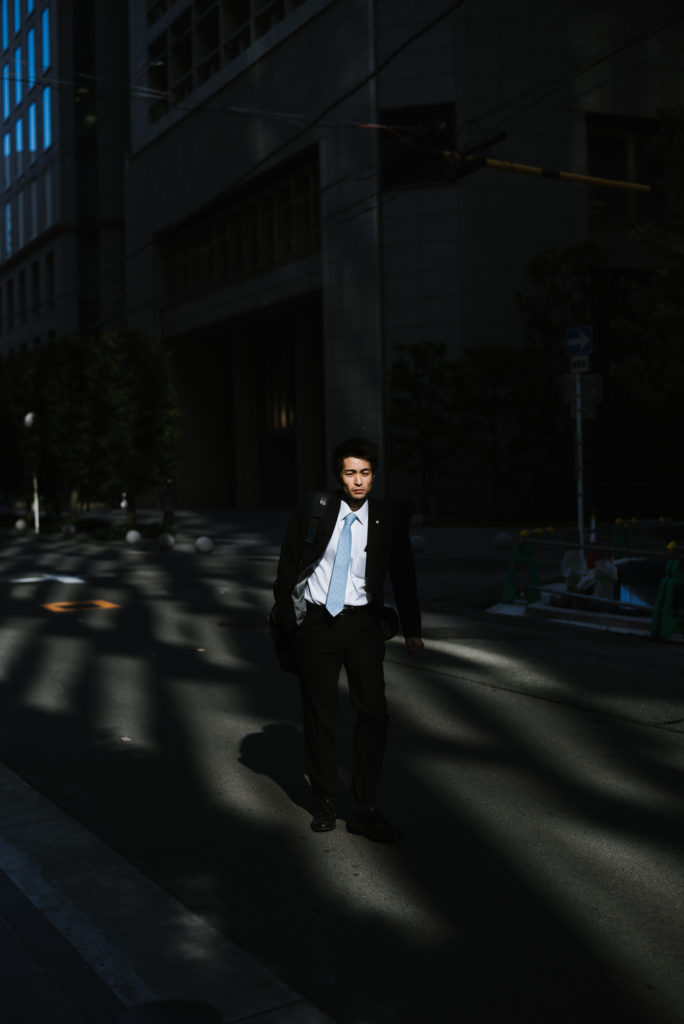
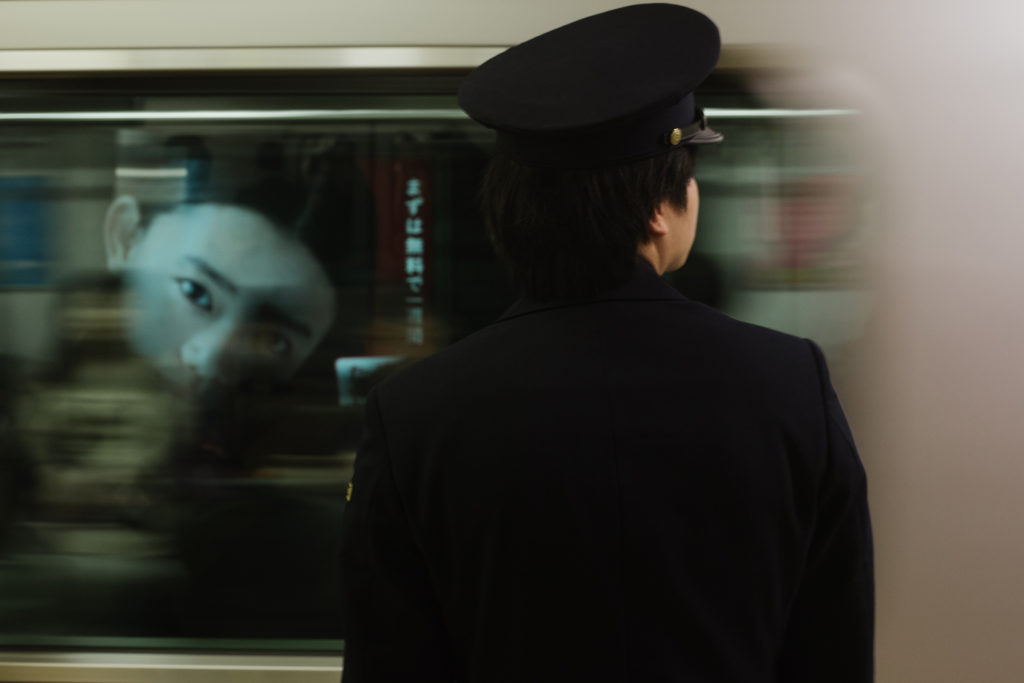
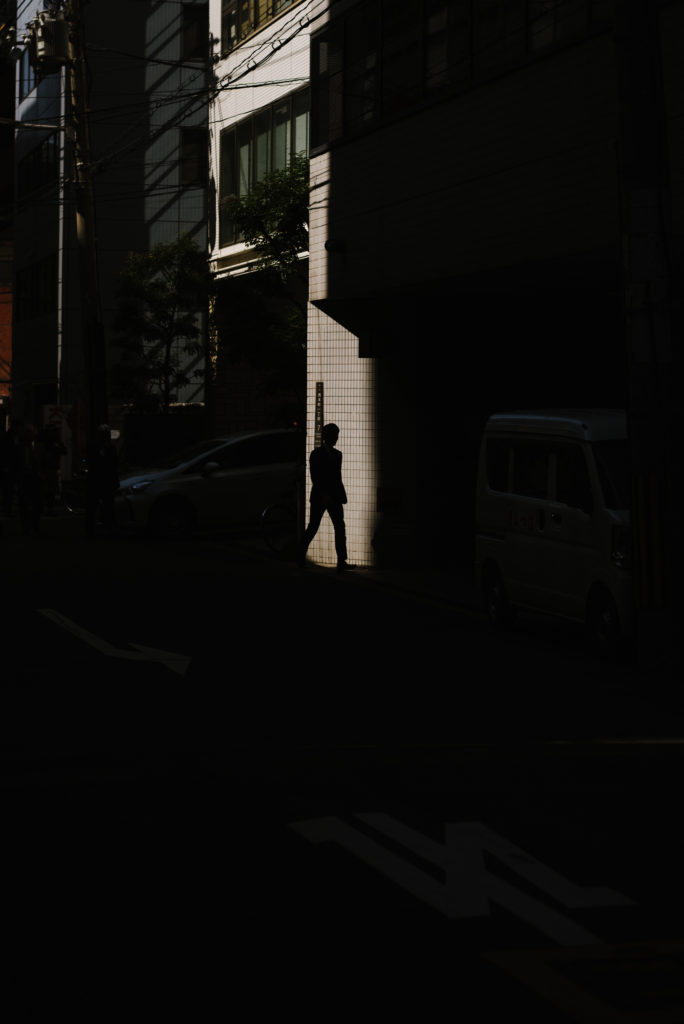
-In your photographic series “Kodoku” introduced in this issue, you have documented the culture of Japanese loneliness. Why did you choose Japan as the location for your project?
I first got to Japan as a solo traveler for a two-month journey.
After many years of dealing with my personal loneliness, the time and experiences in Japan inspired me to confront the deep issue that I had. The landscapes, the aesthetics, the culture and the
human material reflected me the deeper conflict that I had. Seeing so many Japanese living their daily life while being focused on their individuality inspired me to keep taking those pictures.
−今回ご紹介いただいている「孤独」という写真シリーズでは、日本の孤独文化をテーマとしていますが、プロジェクト作品の制作場所として日本を選んだ理由は何でしょうか?
私が初めて日本を訪れたのは、2ヶ月間の一人旅でした。
長年、個人的な孤独と向き合ってきた私にとって、日本での時間と経験は、私が抱えていた深い問題と向き合うきっかけとなりました。風景、美学、文化、人々が、私が抱えていた深い葛藤を映し出してくれました。
多くの日本人が個性を大切にしながら日常生活を送っている姿を見て、私は彼らの写真を撮り続けようと思いました。
-What was most interesting to you in capturing these images?
In the making of the project, I was mostly interested in the individuals and their relation to the space that surrounds them. I saw so many people walking by themselves in the side alleys to
escapes the busy streets. At some point, I noticed that people are starting to match those streets, allies, beaches and landscapes like background in the most harmonic way.
−これらの作品を撮影するにあたって、何が最も興味深かったですか?
プロジェクトを制作する上で、私が最も興味を持ったのは、個人とそれを取り巻く空間との関係性でした。賑やかな通りから逃れるために、路地裏を一人で歩いている人たちをたくさん見かけました。ある時点で、人々が
それらの通りや路地、浜辺、風景などを背景として、最も調和的に融合し始めていることに気がつきました。
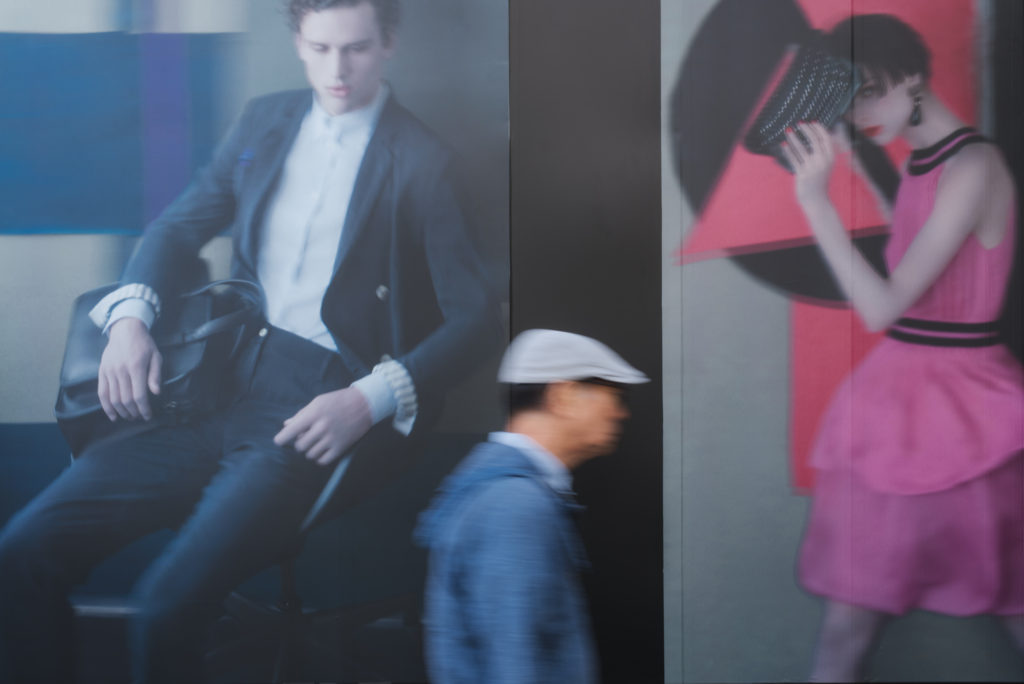
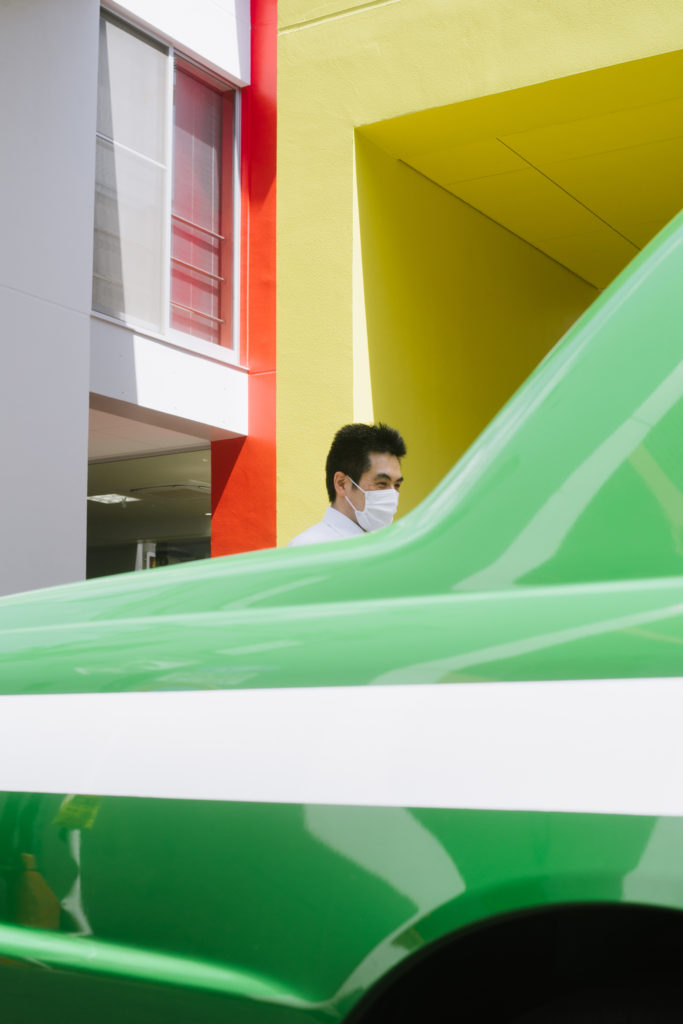
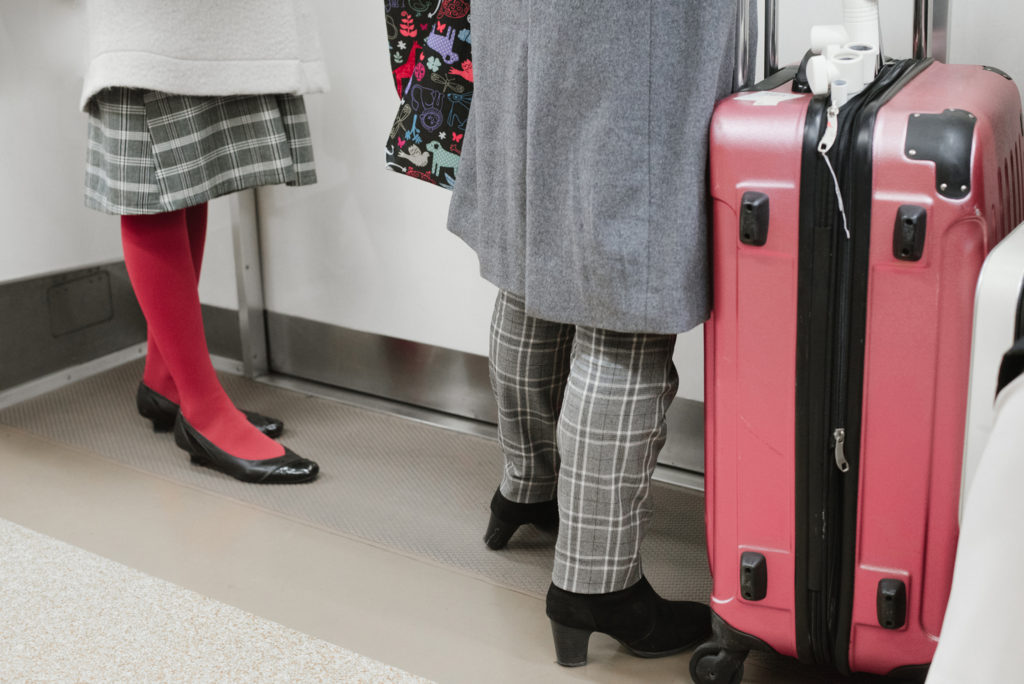
-What messages do you want to convey to viewers through these images in this project?
I know that everybody feel lonely sometimes, and some people feel it more than others do. However, I also want to show the beauty in being alone, by yourself. It does not have to be negative;
it can actually be the beginning of reconnecting ourselves. Furthermore, I also want to show the beauty of Japanese people in respecting other peoples’ personal space in a way that celebrates
individualism.
−このプロジェクト作品を通して、鑑賞者に伝えたいことは何ですか?
誰もが時々孤独を感じることがあるのは知っていますし、他の人よりも孤独を感じる人もいます。しかし、私は一人で自分自身でいることの美しさを示したいとも考えています。それはネガティブなことではなく、自分
自身を結びつけるきっかけにもなり得るのです。さらに、個人主義を称えながら、他人のパーソナルスペースを尊重する日本人の美しさを見せたいと思っています。
-Are there any other aspects of Japanese culture or customs that you are interested in?
When I was in Japan, I discovered Zen Buddhism for the first time. That special form of Buddhism that is rooted so deep inside Japanese culture helped me understand this country and its culture in
much more profound place. The different levels of respect to others, yourself, nature and materialism felt to me like an epiphany. When I read more about Zen I started noticing that its everywhere
around Japan and its culture. I remember that one day in Osaka, I walked by Isshinji Shrine, and I heard the chanting from inside that lured me in. I set inside for a while until I started feeling a rush
of energy through my body. I felt like it was the ideal scene for me to connecting to myself at this moment. In my next visit in Japan, I would love to experiment more things like it as well as reading
more about Zen Buddhism.
−他に、日本の文化や習慣などで興味のあることはありますか?
日本にいたとき、私は初めて禅宗に出会いました。日本文化の奥深くに根付いたこの特別な仏教の形式は、私にこの国とその文化をより深く理解させてくれました。日本の他者・自分自身・自然・物質主義に対するの敬意の
差異は、私にはまるで啓示のように感じられました。禅についてさらに読むようになってからは、日本とその文化のいたるところに禅があることに気づき始めました。ある日、大阪の一心寺の前を通りかかったとき、中から
お経が聞こえてきて、私を誘い込んだのを覚えています。中に入ってしばらくすると、体中にエネルギーの奔流を感じるようになりました。この時、自分自身とつながるには理想的な瞬間だと感じました。禅宗の本を読む
だけでなく、次回の来日時にはもっといろいろなことを試してみたいと思っています。
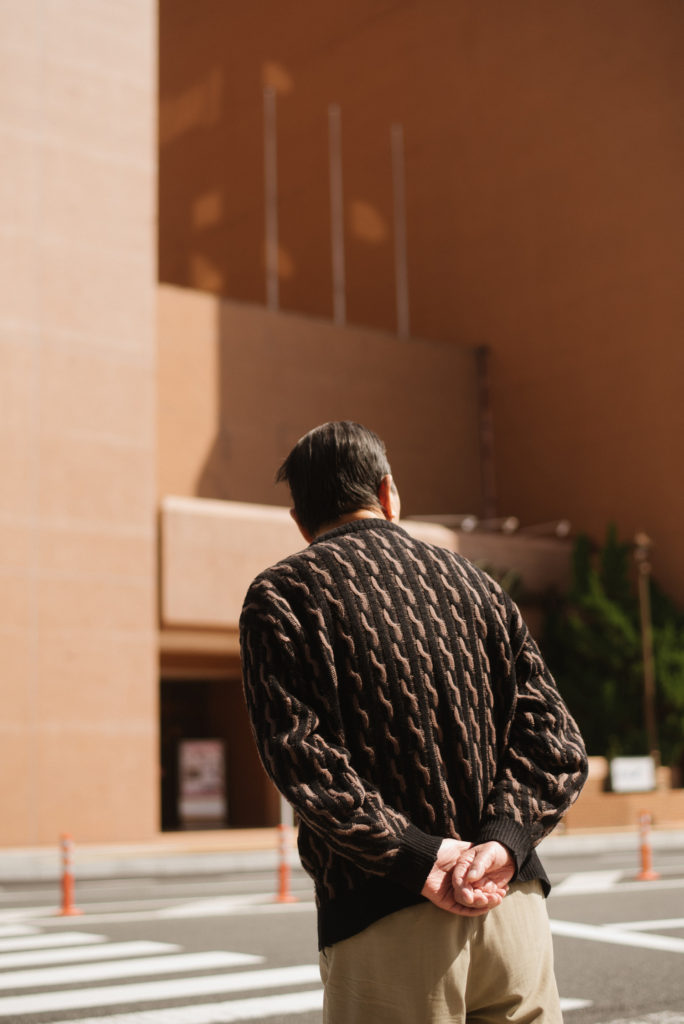
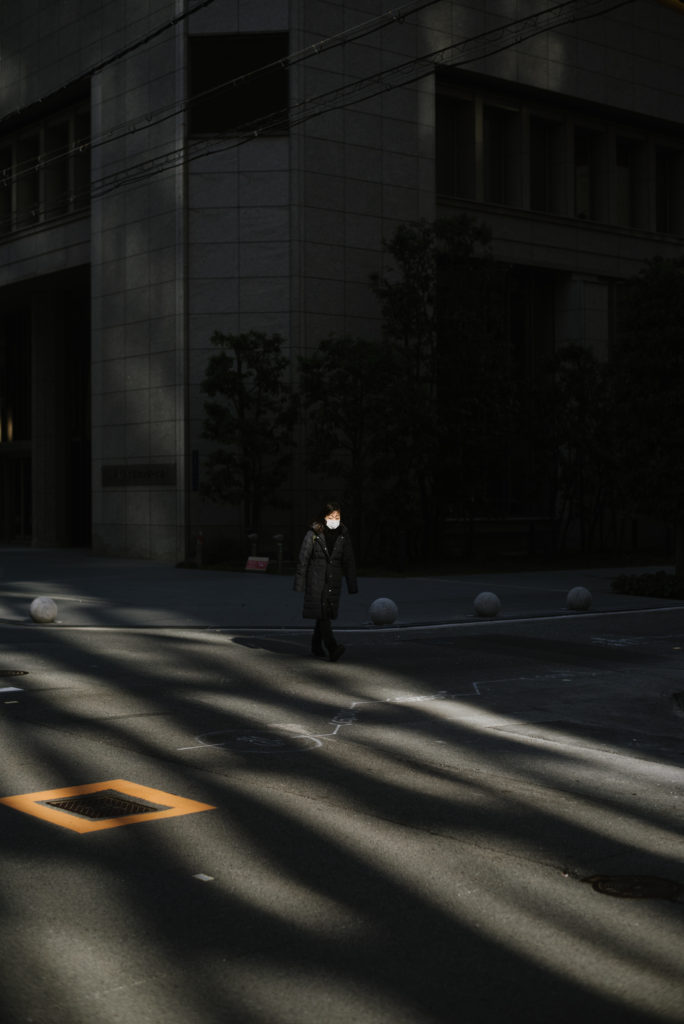
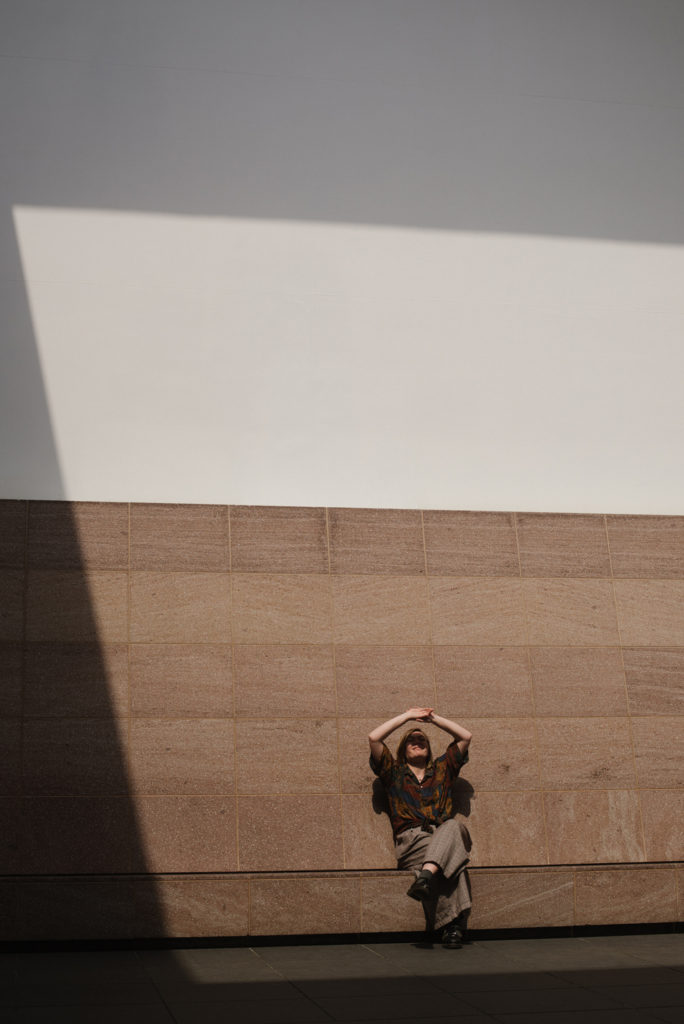
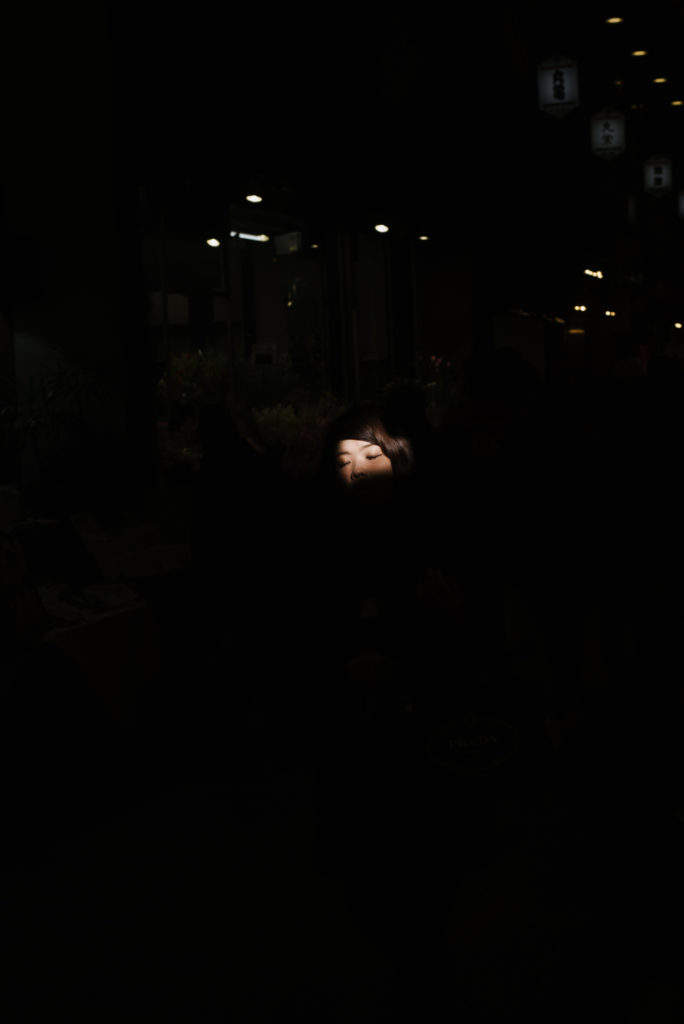
-Do you have any particular preference regarding cameras (equipment) you use?
For this project, I used only a Nikon D750 with a 50mm lens. Lately I also started working with medium format film cameras such as Mamiya 7.
−使用しているカメラ機材に何かこだわりはありますか?
今回のプロジェクトでは、ニコンD750に50mmのレンズを付けて撮影しました。最近はマミヤ7などのミディアムフォーマットのフィルムカメラも使い始めました。
-Are you currently working as an artist? Or do you also do editorial, advertisement or other commercial works?
Now, I work as a documentary visual story teller and producing my own social visual stories. At the same time, I also take commissioned assignments from magazines, publication, and doing
advertising and commercial work.
−主にアーティストとして活動されていますか? もしくは雑誌や広告などのお仕事もされていますか?
現在は、ドキュメンタリー・ビジュアル・ストーリーテラーとして活動しながら、自身の社会的ビジュアル・ストーリーを制作しています。同時に、雑誌や出版社からの依頼を受け、広告やコマーシャルの仕事もして
います。
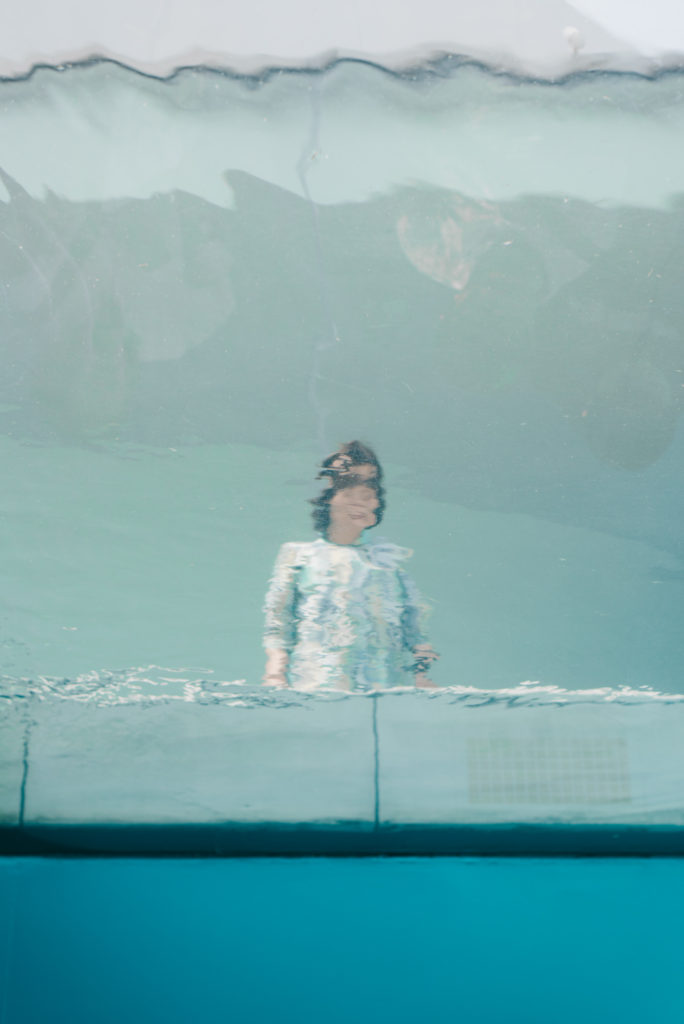
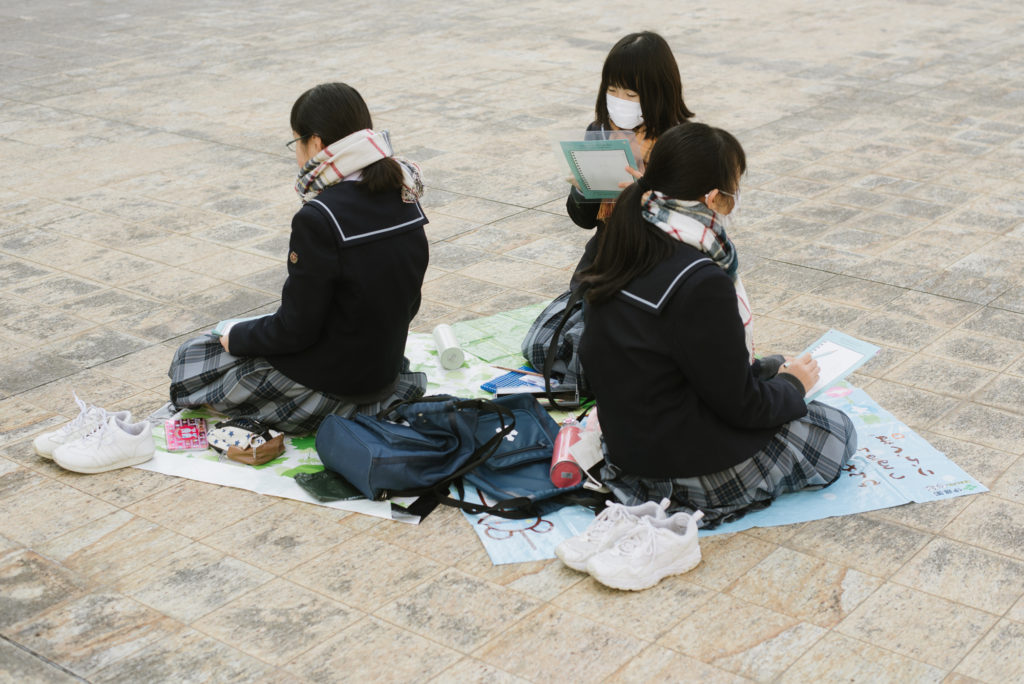
-Is there any artist or photographer that has inspired your works?
At my work, I found my inspiration from Vivian Sassen, Peter Van Agtmal, Oli Kellett, Edward Hopper and Pedro Almodovar.
−作品制作に影響を受けたアーティストや写真家はいらっしゃいますか?
仕事では、ビビアン・サッセン(オランダ人アーティスト)、ピーター・ファン=アットマール(米国人写真家)、オリ・ケレット(英国人写真家)、エドワード・ホッパー(画家)、
ペドロ・アルモドバル(スペイン人映画監督)などからインスピレーションを得ています。
– Please tell us if you have something, you want to do in the future or any project you already have in.
At the future, I want to do a project about the untold murders of transsexual women, in Israel and the US. In Israel, 11 transsexual women were killed since the begging of the year. In 2019, at least
18 transgender were killed in the US, most of them were people of colors. I feel like it was, and still is something that we should talk about and raise the awareness for and it is important for me
to do so.
−将来的に何かやりたいことや、今すでに考えていることがあれば教えてください。
将来的には、イスラエルとアメリカで、性転換女性の知られざる殺人事件についてのプロジェクトをやりたいと思っています。イスラエルでは、今年の初めから11人の性転換女性が殺されました。2019年、アメリカでは
少なくとも18人の性転換女性が殺されていますが、そのほとんどが有色人種の人たちでした。それは昔もそして今も、私たちが話し合って意識を高めていくべきことであり、私自身にとっても重要なことだと感じています。
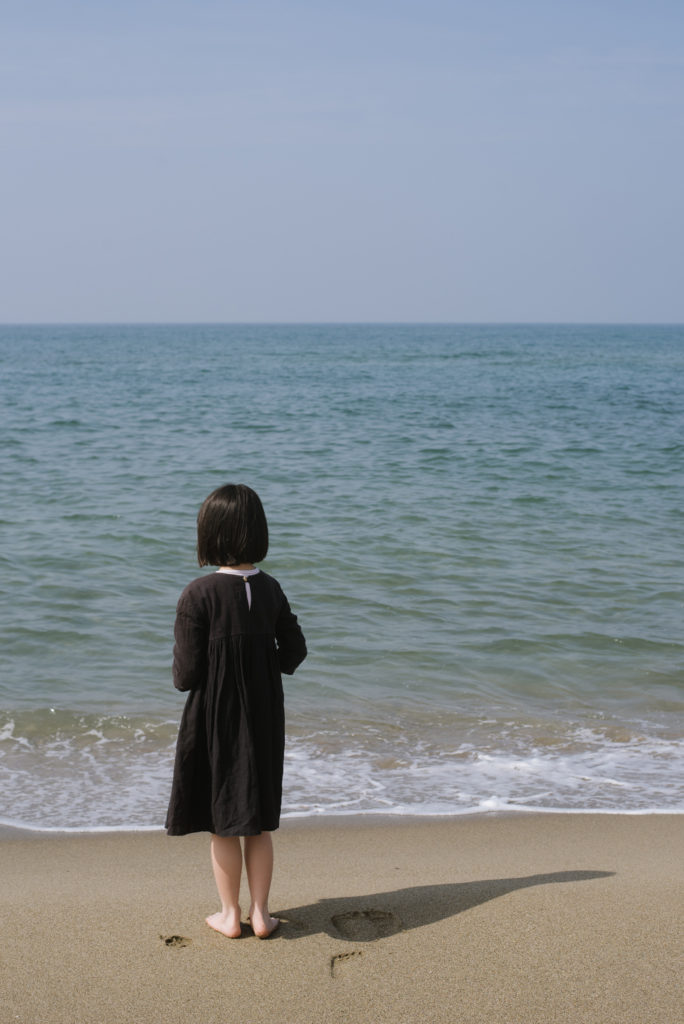
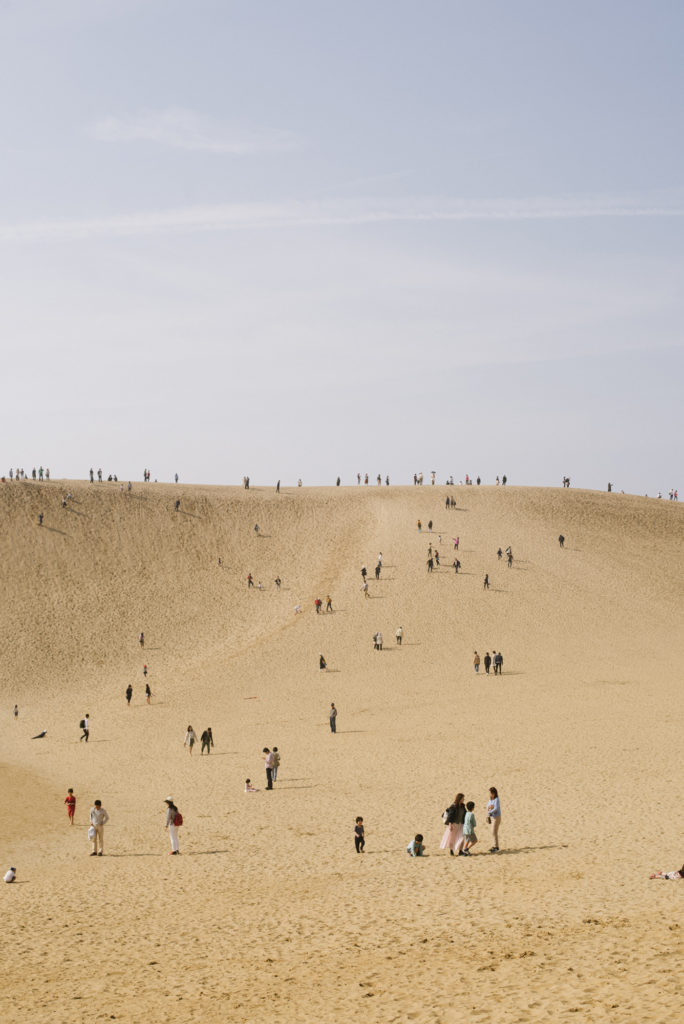
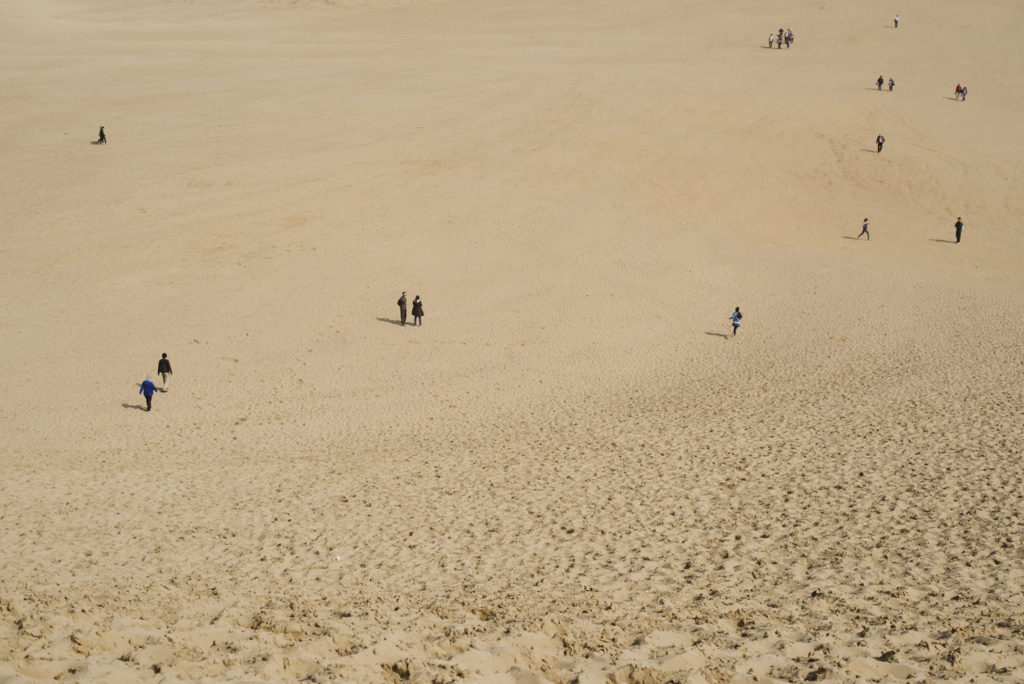
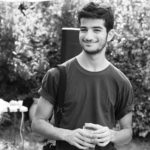
Gili Benita
Gili Benita, born and raised in Jerusalem, is an Israeli photographer based in New York City. In 2015, he started his military service as a cinematographer in the Israeli Air Force. After his release from
the military in 2016, he began his first long-term documentary project, working with ‘Save a Child’s Heart’ in Israel and Tanzania. In 2018, this won the first prize in the Photographed Story category
in the “Local Testimony” exhibition in Tel Aviv. That same year he traveled to Japan for a project on the culture of Japanese loneliness: ‘Kodoku,’ which published in iGNANT, The Independent
Photographer, Aint Bad, and Tokyo Foto Awards. In 2020, he graduated from the ICP’s Documentary Practice Program, where he awarded the Lisette Model Scholarship and the Director’s
Fellowship.
イスラエル出身の写真家ギリ・ベニータは、エルサレムで生まれ育ち、現在ニューヨークで活動している。2015年にイスラエル空軍の撮影監督として兵役に就く。2016年に兵役を終えた後、イスラエルとタンザニアでNGO
団体「Save a Child’s Heart」と共に初の長編ドキュメンタリープロジェクトを開始。2018年にはテルアビブで開催された「Local Testimony」展の「Photographed Story」部門で1位を獲得。同年、「孤独」をテーマ
にしたプロジェクトのために来日し、同プロジェクトの作品はiGNANT、The Independent Photographer、Aint Bad、Tokyo Foto Awards等に掲載された。2020年、ICPのドキュメンタリー実践プログラムを卒業し、
リゼット・モデル・スカラシップとディレクターズ・フェローシップを受賞。
<a href=”https://click.linksynergy.com/fs-bin/click?id=Fq0ZUzyxmtA&offerid=1112091.47&type=4&subid=0″><IMG alt=”Sneakersnstuff (SNS)” border=”0″ src=”https://www.sneakersnstuff.com/documents/SNS_LS_LOGO_468x60.jpg”></a><IMG border=”0″ width=”1″ height=”1″ src=”https://ad.linksynergy.com/fs-bin/show?id=Fq0ZUzyxmtA&bids=1112091.47&type=4&subid=0″>

